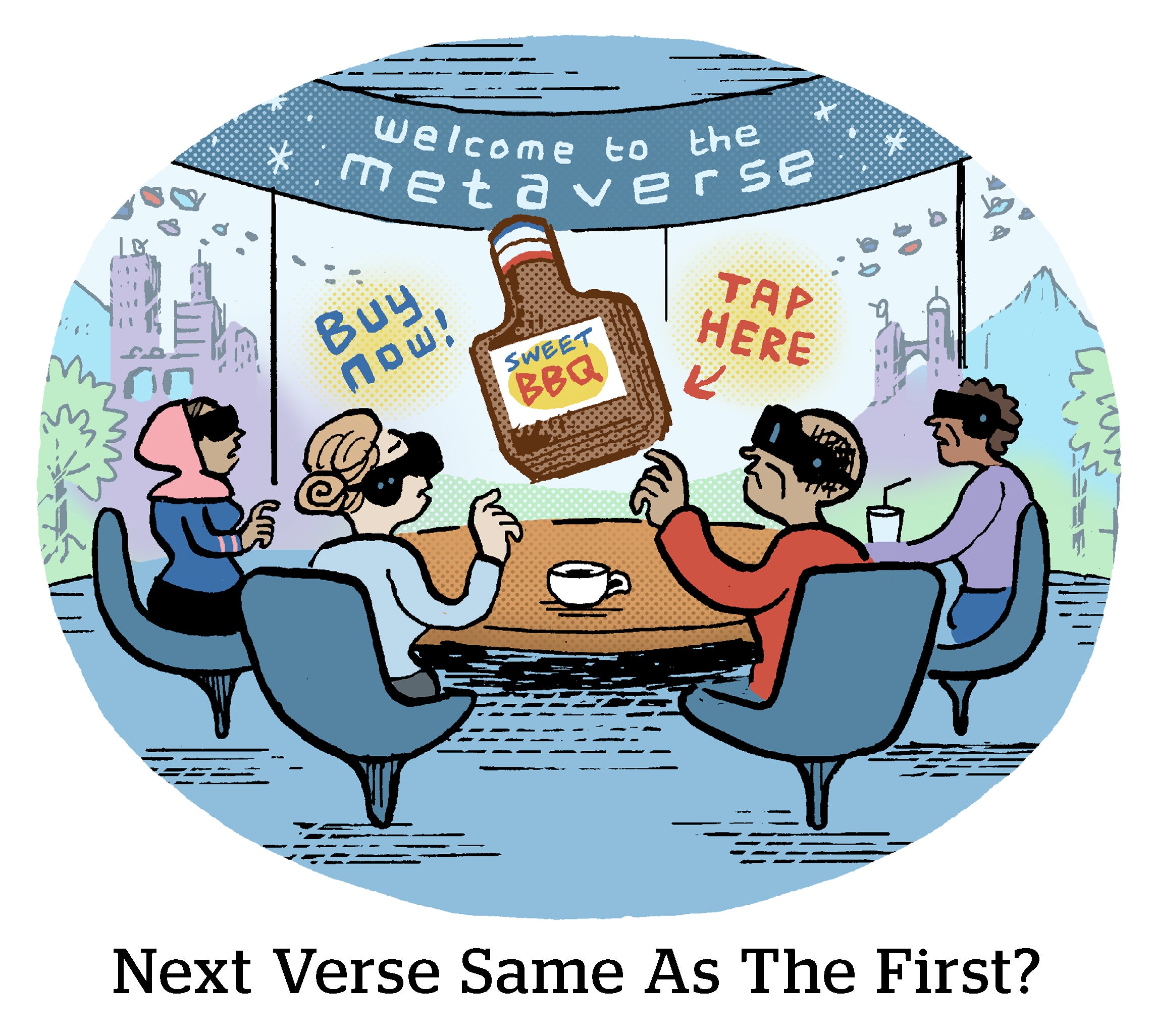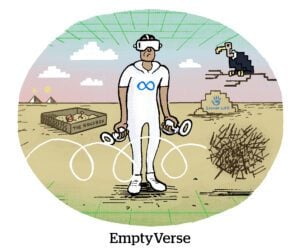The vast majority of advertisers who buy ads in video games (91%) no longer consider gaming to be an experimental media channel.
That’s the good news, according to joint research by the IAB and Advertiser Perceptions, released during this week’s third annual PlayFronts event.
IAB’s study polled 300 advertising decision-makers who currently buy video game ads and spend at least $5 million across their entire media mix. The results demonstrate that these advertisers consider video game ads to be a mature and effective channel, especially when it comes to reaching millennials and Gen Z.
Thirty-five percent of respondents have a dedicated gaming budget, and a third spend on games from their general media budgets.
But ad spend in games still lags behind audience engagement, said Zoe Soon, VP of the IAB’s Experience Center.
To put this into perspective, roughly 3.38 billion people identify as gamers globally while 3.37 billion say they watch digital video – “yet the difference in ad spend is nowhere near proportional,” she said.
CTV spending, which hit $24.6 billion last year, according to eMarketer, more than triples in-game ad spending. US advertisers spent just $7.5 billion on game ads last year, down from $8.6 billion in 2022.
It’s possible that was an anomaly, or it could be due to last year’s upheaval in the video game industry. EMarketer expects US ad spend to rebound to $8.5 billion this year and hit $11.5 billion by 2027.
And despite last year’s dip in spending, the IAB/Advertiser Perceptions study bodes well for future spending trends. Forty percent of advertisers who are already spending on games say they plan to increase their budgets this year.
Creative block
To help grow gaming’s share of budgets, the IAB devised best practices to make it easier for advertisers to spend in games.
At PlayFronts this week, the IAB rolled out new creative guidelines for video game ads, including aspect ratio specs, video ad length and recommendations for making on-screen text readable. These guidelines establish best practices for balancing effective in-game ads with the user experience across web, mobile, PC and console.
But compared to previous PlayFronts events, there was little in the way of creative or ad tech innovation.
Several attendees told AdExchanger they were underwhelmed by the solutions highlighted this year, which felt like just more of the same.
Mobile ads dominated the conversation, one agency exec told AdExchanger. And that didn’t feel like a fresh angle, since video game advertising has long centered on mobile.
Still, mobile deserves attention. Of the marketers surveyed by IAB, 76% said they’ve advertised in mobile games, whereas 67% have tried PC/desktop and only 47% have used consoles.
But what of formats that make more sense in PC and console environments, such as branded in-game assets, overlaid onscreen popups and intrinsic in-game ads?
Intrinsic in-game ads got a lot of air time on stage, and the concept has come a long way compared to a few years ago, when most marketers had no idea what it was, Jonathon Troughton, CEO of in-game ad platform Frameplay, told AdExchanger.
But despite demand for more premium in-game inventory, including on consoles, PlayFronts presenters emphasized that most gamers will only tolerate so much in-game ad saturation – and that’s another sign of maturity, he said.
Brands increasingly understand they need to respect the player experience, Troughton said, and game studios realize “there has to be some give” before ad dollars can start flowing.
The IAB’s newly published creative guidelines for in-game activations will help unlock more spend by eliminating advertiser pain points, he said.
Hot commodities
And what about the two buzziest gaming properties, Roblox and Epic’s Fortnite?
Branded metaverse-like sub-worlds on these platforms got less attention onstage than in years past. Instead, speakers focused on ad placements, such as sponsored overlays that trigger when players defeat enemies or reach in-game milestones.
Roblox, for example, which unveiled its intrinsic in-game ad platform last year, showed off its new self-serve dashboard that allows buyers to target audiences based on age, gender, device, geolocation and genre. But one unimpressed attendee remarked to AdExchanger that such dashboards have long been table stakes for buying platforms.
Cloud gaming was another area where attendees wanted more. Another agency exec told AdExchanger that cloud gaming is a clear priority for major manufacturers like Microsoft and Sony and should likewise be a focus for marketers.
PlayFronts, to be fair, did end with a cloud-focused presentation featuring computing company NVIDIA, which rents out access to high-powered gaming hardware through a cloud service, with users paying for rental passes. NVIDIA demonstrated a free, ad-supported version whereby users can watch a video ad to get cloud access to its gaming rigs for a limited time.
That’s nothing new to anyone who’s ever watched an ad to gain access to airport Wi-Fi. But it does represent potential new ad inventory for the gaming market.
Gaining confidence in gaming
Quibbles about creative and tech innovation aside, the main takeaway from this year’s PlayFronts is that marketers feel more confident about brand safety and measurement for video game advertising.
Nine out of 10 advertisers who are actively spending in video games say they’re brand safe, and 85% of advertisers say they’re confident in their ability to measure ROI from game ads.
That confidence is important for an emerging channel, said Jack Koch, SVP of research and insights at IAB. Advertisers tend to be fine with not knowing exactly what happens after a person sees a TV ad, but when it comes to emerging media, they want to prove that exposure drives conversion.
Advertisers also see gaming as a strong awareness driver and rank it second behind only social media in driving consideration and purchases. The latter is especially surprising, considering many in-game ad formats are not clickable.
Buyers have also become more comfortable running automated programmatic campaigns.
According to the IAB, 32% of advertisers say they use programmatic guaranteed, 20% use PMPs and 17% buy through open auctions, while 37% run “always-on” gaming campaigns.
In short, video game advertising deserves a spot on the media plan. And “once [marketers] try it,” Koch said, “they use it consistently.”

















